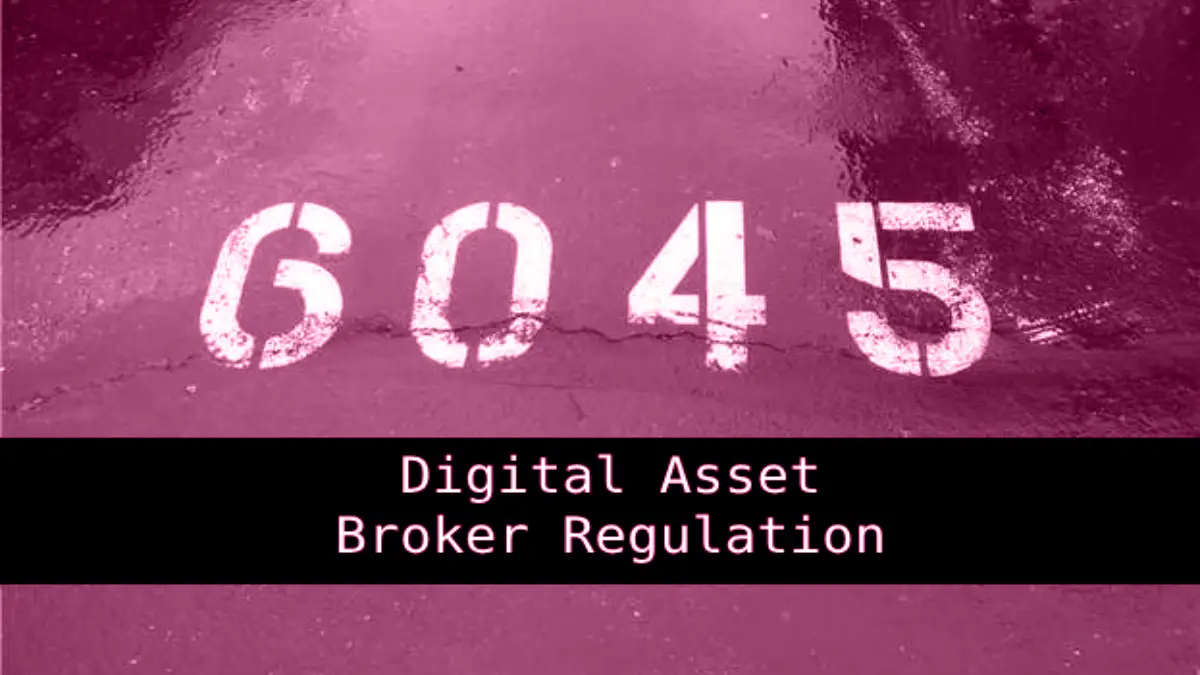In the ever-evolving world of cryptocurrency, staying compliant with tax regulations can often feel like solving a complex puzzle. The proposed digital asset broker regulations, currently open for comments, introduce a new layer of complexity and potential hurdles for both brokers and taxpayers. As we delve into this critical topic during CoinDesk’s Tax Week 2023, let’s explore the key issues and possible solutions.
Understanding the Proposed Form 1099-DA
At the heart of the new regulations is the proposed Form 1099-DA, designed to report proceeds and cost-basis of digital assets, similar to the 1099-B for traditional assets. This brings us to the challenging world of cost-basis reporting, which creates significant complexities for both digital asset brokers and taxpayers.
The Dilemma of Cost Basis Choices
Taxpayers are presented with two primary methods for determining their cost basis: FIFO (First-In, First-Out) and Specific Identification. While FIFO, the default method, is familiar to many in the crypto community, the Specific Identification method introduces intricate requirements. This method requires taxpayers to identify and document specific digital assets before trading, a time-consuming and often impractical task.
The Broker Notification Challenge
A key challenge in the new regulations is that taxpayers must instruct brokers on which digital assets to sell before a trade. Yet, many centralized exchanges lack the mechanism for this specific identification, leaving taxpayers with no practical means to comply. This gap could lead to a default to FIFO reporting, resulting in potential tax discrepancies and additional burdens.
The Impracticality of Specific Identification
Given that most crypto tax software currently supports logic-based methodologies like FIFO, HIFO (Highest-In, First-Out), and CCFO (Closest Cost, First Out) for calculating gains and losses post-trade, the requirement for pre-trade specific identification seems almost impossible to meet. This disconnect between software capabilities and regulatory requirements poses a significant challenge for taxpayers trying to comply with these new rules.
Taxpayer Troubles and Increased Costs
Not meeting specific identification requirements may default to FIFO, leading to significant tax liabilities, interest, and penalties. Moreover, the divergence between FIFO and other methods could lead to significant discrepancies in tax calculations. For taxpayers with multiple accounts and wallets, tracking gains on an exchange-by-exchange and address-by-address basis significantly raises tax preparation costs.
Proposed Solutions
To mitigate these challenges, a potential solution could be for the IRS to consider the feedback from the crypto community and revise the regulations. One such revision could be to shift from cost-based reporting to “proceeds only” reporting. This change would alleviate many of the complexities and compliance burdens currently faced by taxpayers and brokers alike.
In summary, the proposed digital asset broker regulations seek to enhance clarity in crypto tax reporting but pose significant challenges. The IRS must weigh practical implications and find solutions aligning regulatory goals with crypto realities. Staying informed and proactive is crucial for the crypto community to ensure compliance and minimize tax burdens.
FAQs (Frequently Asked Questions)
Form 1099-DA is a newly proposed reporting form aimed at documenting digital asset proceeds and cost-basis. Much like the traditional 1099-B for standard assets.
Taxpayers can choose between FIFO (First-In, First-Out) and Specific Identification methods to determine their cost basis.
Specific Identification requires identifying and documenting specific digital assets before trading, which can be time-consuming and impractical.
Taxpayers must instruct brokers on which digital assets to sell before a trade, but many exchanges lack this mechanism, leading to potential compliance issues.
One potential solution is for the IRS to consider feedback and shift from cost-based reporting to “proceeds only” reporting, reducing compliance burdens.

10 thoughts on “Understanding 6045 Digital Asset Broker Regulations”